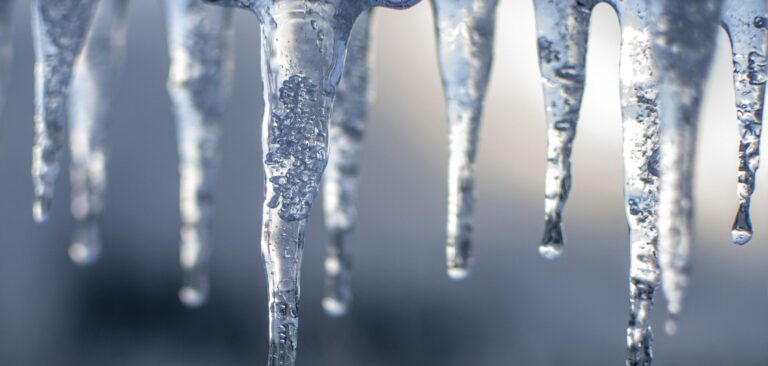The frequency of rainy days in the Arctic could roughly double by 2100, meaning more rain would fall in the region than snow, according to a new study.
The Arctic encompasses the Arctic Ocean and the northernmost parts of Alaska, Canada, Russia and Greenland. As the planet warms, more frequent and intense Arctic rainfall events are expected to encroach farther toward the center of the Arctic Ocean and inland Greenland, creating a ‘new Arctic’.
Tingfeng Dou, lead author and climate scientist at the University of Chinese Academy of Sciences, said, “In the past, rainfall was primarily limited to the edges of the Greenland ice sheet. In the future, this will radically change because rainfall will expand farther into inland locations and be a catalyst for further ablation of the ice sheet.”
The shift to a rainier Arctic is expected to increase permafrost melt, releasing large amounts of greenhouse gases. It is also likely to speed up the loss of sea ice cover, which will likely trigger consequences for Arctic ecology and indigenous peoples, as well as communities around the world. (Antarctica is also predicted to undergo a similar doubling of rain by 2100 under a high-emissions scenario.)
“Even ordinary rainfall can be regarded as an extreme event in polar regions,” Dou said. “The number of reindeer deaths caused by a single rain-on-snow event could range from several hundred to thousands.”
This is because rain-on-snow events, which occur when rain falls onto an existing snowpack and freezes into an ice crust, can trap food sources under an icy layer.
Few studies have examined the frequency and intensity of Arctic rain, so little is known about how those factors will change in the near future. Dou and his co-authors used climate models to detail future changes in rainfall frequency and intensity under a high level of greenhouse gas emissions from 2015 to 2100.
The increasing frequency, intensity and extent of rainfall events are mainly caused by faster local warming rates, which in the Arctic are “two to three times that of the global average”, according to Cunde Xiao, an Earth scientist at Beijing Normal University and co-author of the study. “This is a serious cause for alarm.”
The study also found that the onset of spring rainfall is projected to occur three months, or a season, earlier than today in the Chukchi Sea and the Northern Barents Sea.
“Once the transition from snow to rainfall becomes common, it will have a far-reaching impact on the Arctic ice and snow process and hydrological ecology,” said Xiao. “This will also strongly amplify the warming of the Arctic, making it a major issue worthy of global attention as it can have global consequences.”
To read the full study in the AGU journal Earth’s Future, click here.



